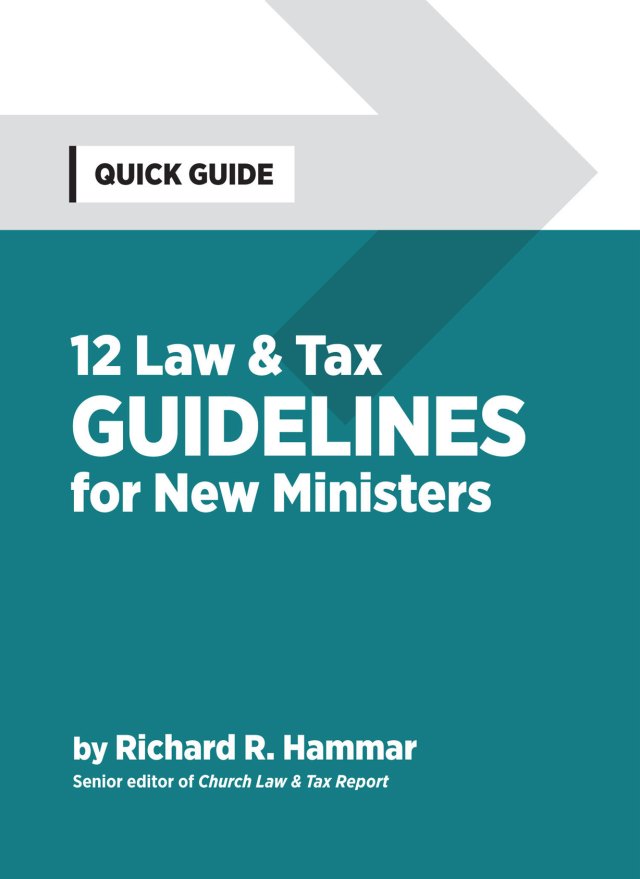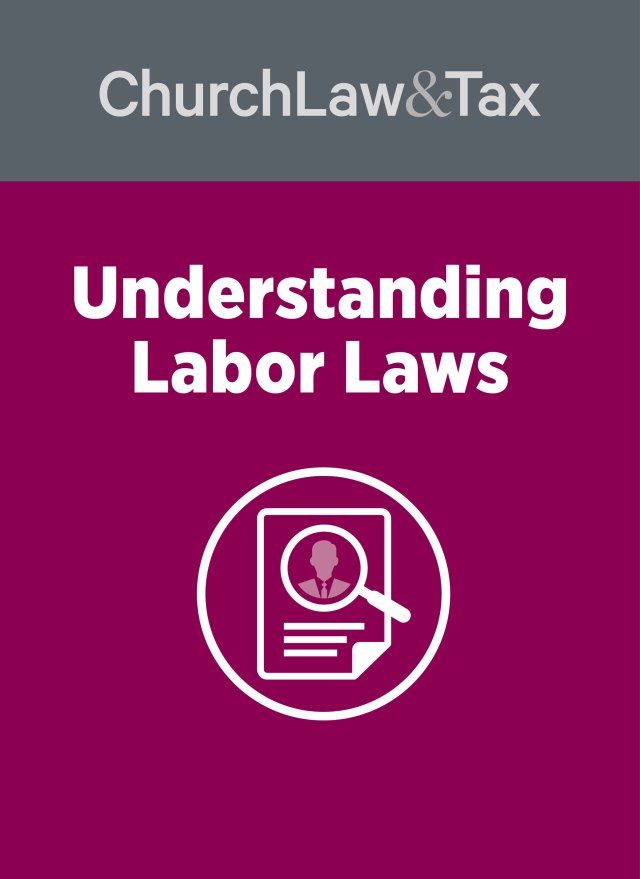IRS Private Letter Ruling 9830008
Background. Every church has one or more custodians, and it is important for church treasurers to properly classify these workers as employees or self-employed. There are many reasons why this task is important, including the following:
W-2 or 1099? Churches issue a W-2 to employees at the end of the year reporting wages paid and taxes withheld. Churches issue a 1099 form to self-employed persons who are paid at least $600 during the year.
941 forms. Churches that are subject to income tax withholding, social security taxes, or both, must file Form 941 quarterly. No entries are made for self-employed workers, since they are not subject to tax withholding and they do not pay social security or Medicare taxes (they pay the self-employment tax).
Tax withholding. Churches must withhold federal income taxes and the employee’s share of social security and Medicare taxes from the wages of most nonminister employees. Self-employed workers are not subject to federal tax withholding (other than “backup withholding,” which applies if a self-employed worker fails to provide an employer with a social security number).
Treatment of fringe benefits. Some fringe benefits provided by a church to a custodian or other church worker are not taxed if the person is an employee. A common example is medical insurance premiums paid by a church on behalf of an employee.
Social security. Churches must withhold the employee’s share of social security and Medicare taxes from the wages of most nonminister employees. Self-employed workers pay their own social security (self-employment) taxes.
Unfortunately, it is not always easy to determine whether a church custodian is an employee or self-employed. Many churches use part-time custodians, who often are free to perform their services with little if any supervision or control. A recent IRS ruling addresses the correct classification of custodians.
Facts of the case. A custodian provided cleaning services to a government agency. She worked part-time and was paid on an hourly basis. She was not given any “training” by the agency; the agency had the right to change the methods she used and to direct her in how the work should be accomplished; she was supervised by an agency employee in the performance of her services; all tools, equipment, supplies, and materials needed by her in the performance of services were furnished by the agency; she did not perform similar services for others, and did not maintain her own office or represent herself to the public as being in the business of providing custodial services.
What the IRS said. The IRS concluded that the custodian was an employee and not self-employed. It noted that the degree of control by an employer over a worker is the controlling question, and that it is helpful to consider three kinds of control:
Behavioral controls. These refer to an employer’s right “to direct or control how the worker performs the specific tasks for which he or she is hired. Facts which illustrate whether there is a right to control how a worker performs a task include the provision of training or instruction.”
Financial controls. These refer to an employer’s right to direct or control “the financial aspects of the worker’s activities.” Relevant facts include a “significant investment” or unreimbursed expenses incurred by the worker, making the same services available to the public, the method of payment, and the opportunity for profit or loss.
The relationship of the parties. This refers to facts which show not only how the parties “perceive their own relationship but also how they represent their relationship to others.” As an example, the IRS referred to language in written contracts; the presence or absence of employee benefits; the right of the parties to terminate the relationship; the permanency of the relationship; and whether the services performed are part of the employer’s regular business activities.
The IRS concluded that the part-time custodian in this case was an employee on the basis of this analysis, since the employer “has the right and does in fact exercise the degree of direction and control necessary to establish an employer-employee relationship.”
Relevance to church treasurers. This ruling suggests that part-time church custodians who are paid on an hourly basis will be employees rather than self-employed, if (1) the church has the right to change the methods the custodian uses and direct how the work should be accomplished; (2) the church supervises the custodian; (3) the church provides the custodian’s tools, equipment, supplies, and materials; (4) the custodian does not perform similar services for others, and does not maintain an office or represent to the public that he or she is in the business of providing custodial services.
Key point. Many church custodians do not satisfy one or more of these conditions. For example, some part-time custodians are not supervised by any church employee, provide at least some of their own equipment and supplies, and provide custodial services to other organizations. The IRS ruling suggests that such custodians may be self-employed.
Example. Bob has a custodial business. He performs custodial services for several institutions, including a church. Bob is at the church for a few hours each week, provides his own equipment and supplies, and is paid a flat sum each week. The church treasurer should treat Bob as self-employed.
Example. Barb is a church member who performs about ten hours of custodial service for her church each week. She has done so for several years. She is not in the “business” of providing these services, and does do so for any other organization. She uses equipment and supplies provided by the church, is paid a flat hourly rate, and works with little if any supervision. Barb probably is an employee according to the IRS ruling. While there are few “behavioral controls” present, there are “financial controls.” Further, the “relationship of the parties” suggests the Barb is an employee, because of the long-term nature of her relationship with the church, and the number of hours worked each week. This is a close call, and other facts may tip the balance in favor of self-employed status.




